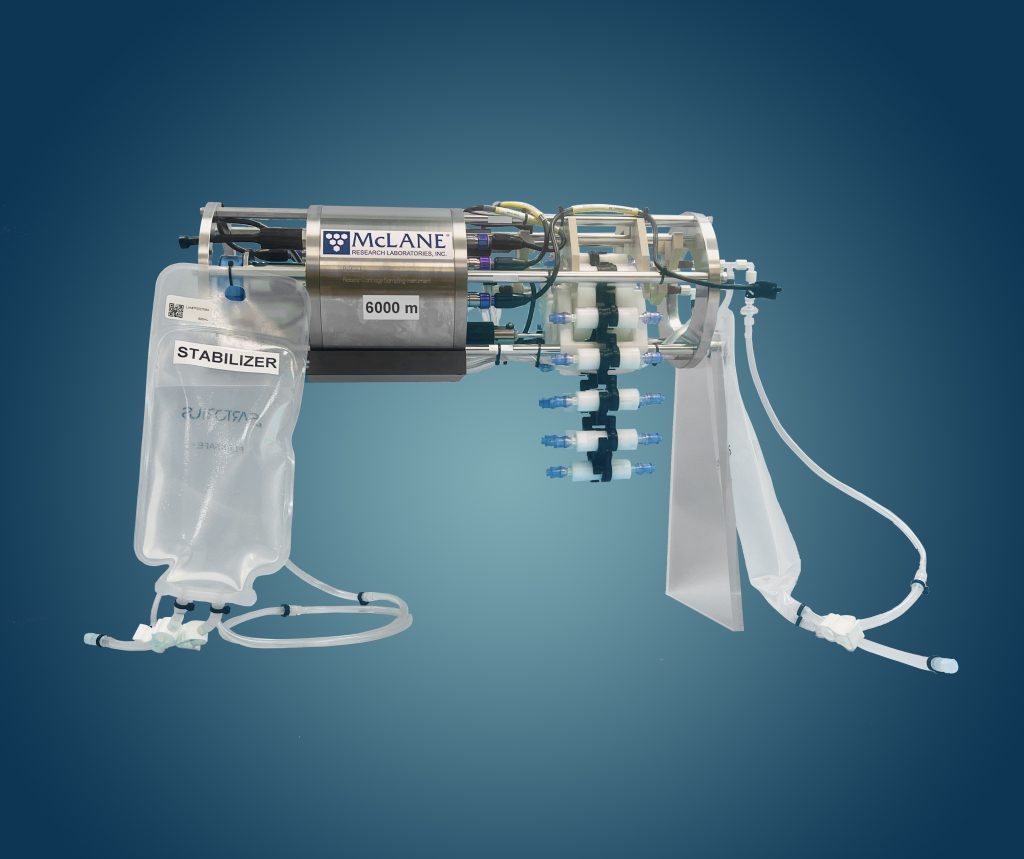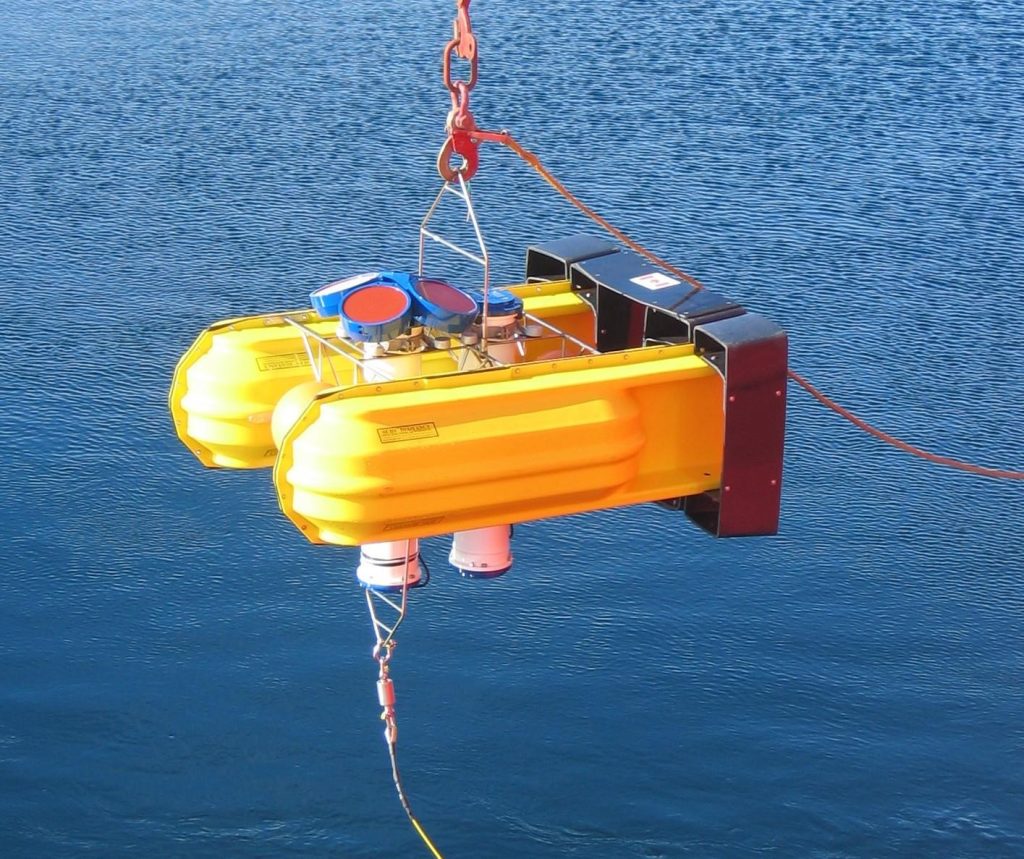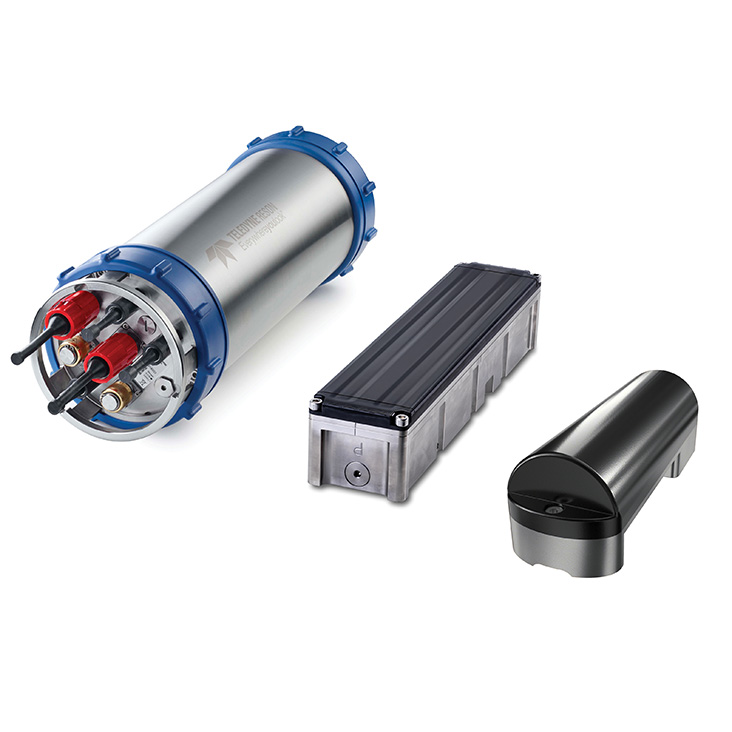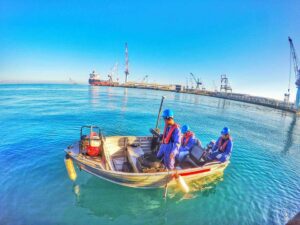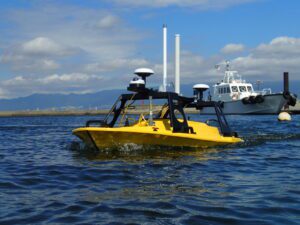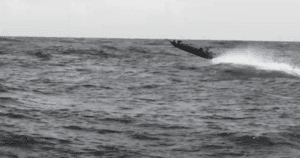MARKETS
Case Study: Darwin Pile Driving
We are an Australian company with a growing international reputation
focusing on the design and servicing of high quality underwater
electronics used in harsh environments.
Darwin Pile Driving
BlueZone Group provided leading environmental services consultant PGM Environment with engineering services support for studies associated with underwater noise risk mitigation measures for development work in Darwin Harbour. This centred upon pile driving required to install ship facilities and navigation markers. It was understood that certain iconic marine fauna within Darwin Harbour, notably various species of dolphins, as well as dugongs and turtles, were suspected of being sensitive to the noise from marine piling works.
PGM Environment proposed that an acoustic propagation estimation tool be developed to support first-order noise propagation predictions and calculations of noise exposure to determine appropriate mitigation measures. The BlueZone engineering team responded by drawing on a strong background in acoustic theory developed from OEM training for a wide variety of underwater sensors and systems including Acoustic Doppler Current Profilers (ADCPs), 2D and 3D sonar systems and Multi Beam Echo Sounders.
BlueZone rapidly developed an algorithm to provide received level noise predictions using first-order acoustic propagation methods with limited inputs for the purpose of obtaining rapid representative results. The results obtained were used to help guide preliminary evaluations and analysis of likely effects on marine fauna.
PGM Environment Principal, John Polglaze, said that he was extremely pleased with the result obtained using the prediction algorithm developed by BlueZone. “The normal approach is to undertake extensive modelling of expected acoustic propagation conditions and predicted noise source characteristics before defining mitigation zones”, said John, “Modelling may further be required to be verified by on-site acoustic monitoring and these activities could be expected to take several months and cost in the order of $50 000 to $100 000”. The BlueZone approach was faster and completed at less cost.
John said that the prediction tool developed by BlueZone enabled the customer to leverage significant studies and research already undertaken for the nearby INPEX LNG facility piling works and demonstrated that the acoustic exposure risk to marine fauna was minimal and manageable. The net benefit was a low risk approach with significant cost savings to the customer, with a project time measured in weeks rather than months. This resulted in a “fit for purpose” conservative exposure estimate for marine fauna from which optimised risk mitigation methods were developed.
Featured Products
McLane RoCSI – Robotic Cartridge Sampling Instrument
The McLane RoCSI (Robotic Cartridge Sampling Instrument) is a cutting-edge biomolecular sampler designed for in situ collection and preservation of particulate samples, including genetic material and environmental DNA (eDNA).
Read moreTeramara’s SUBS (Streamlined Underwater Buoyancy System) is designed to provide stable, low-drag platforms for moored oceanographic instruments, such as current meters and ADCPs, in the most challenging marine environments.
Read moreThe SeaBat T51-S, is the latest release in the SeaBat T series. Building on the design of the revolutionary SeaBat T51-R, with elevated seabed mapping accuracy and resolution at new...
Read moreLatest News
Ahead of the Tide: BlueZone’s Landmark IndoPAC 2025 Showcase
Celebrating 25 Years of Sovereign Capability The Indo Pacific International Maritime Exposition stands as the region’s premier showcase for commercial maritime and naval defence innovation—bringing together leaders from defence,...
Read MorePartnering for Performance: BlueZone Supports Kraken Robotics in Advancing KATFISH Capability
BlueZone Group to become Kraken’s Australian Sales Representative, Enhancing Sovereign Support for Cutting-edge Synthetic Aperture Sonar Systems We are thrilled to announce BlueZone Group have signed an agreement...
Read MoreSeeByte and BlueZone Group Forge Strategic Alliance to Strengthen Australian Naval Capabilities
BlueZone Group is proud to announce our appointment as the official Australian representative for SeeByte, a UK-based leader in advanced maritime defence and uncrewed systems technology. This strategic partnership marks...
Read MoreBTM-AL50: Purpose Built Bottom Mounts for Shallow Water ADCP Deployment
Compact, Robust, Reliable This month were shining a light on DeepWater Buoyancy’s BTM‑AL50 Instrument Bottom Mounts—purpose‑built solutions designed for ADCP deployment in shallow ocean waters, rivers, coastal areas, and...
Read More
